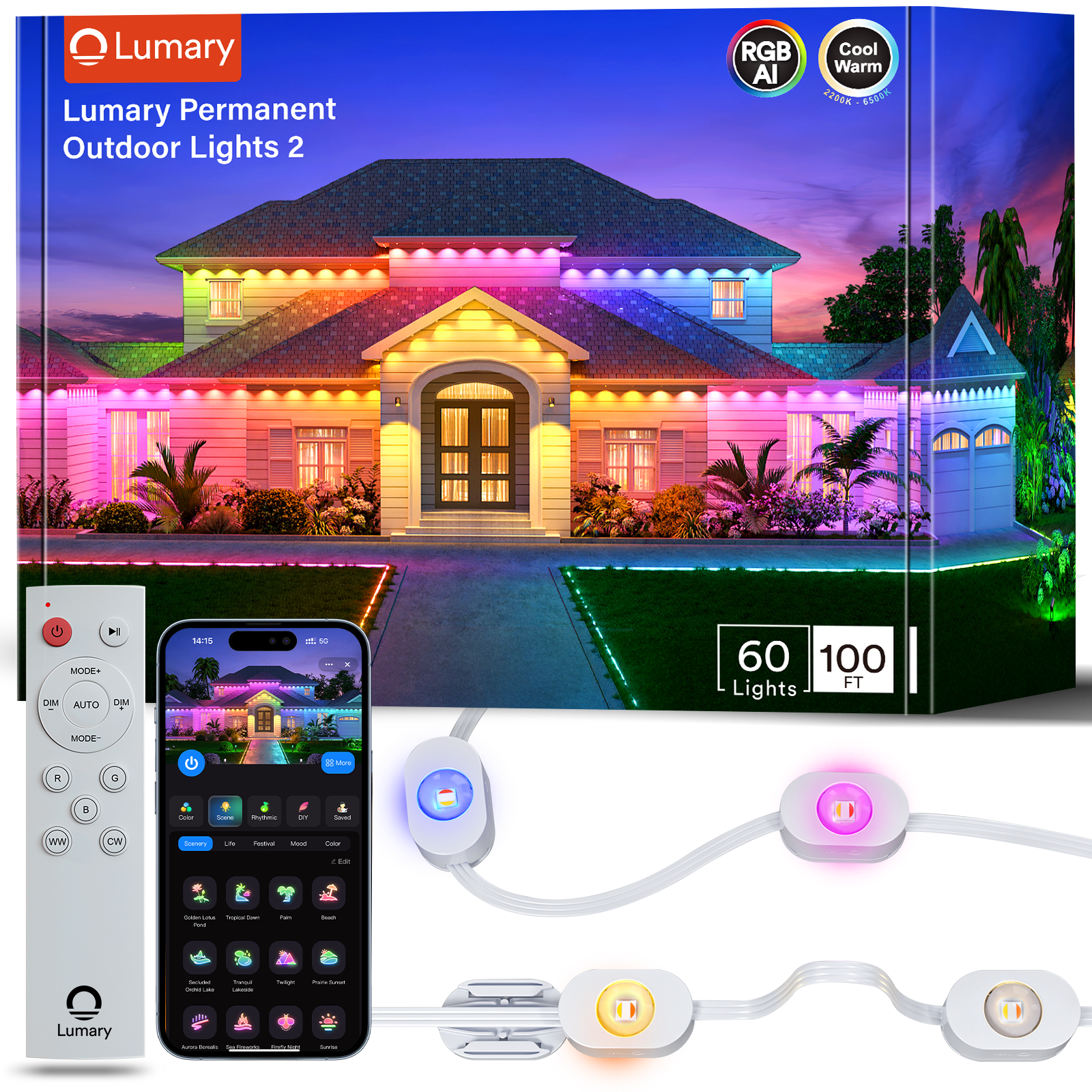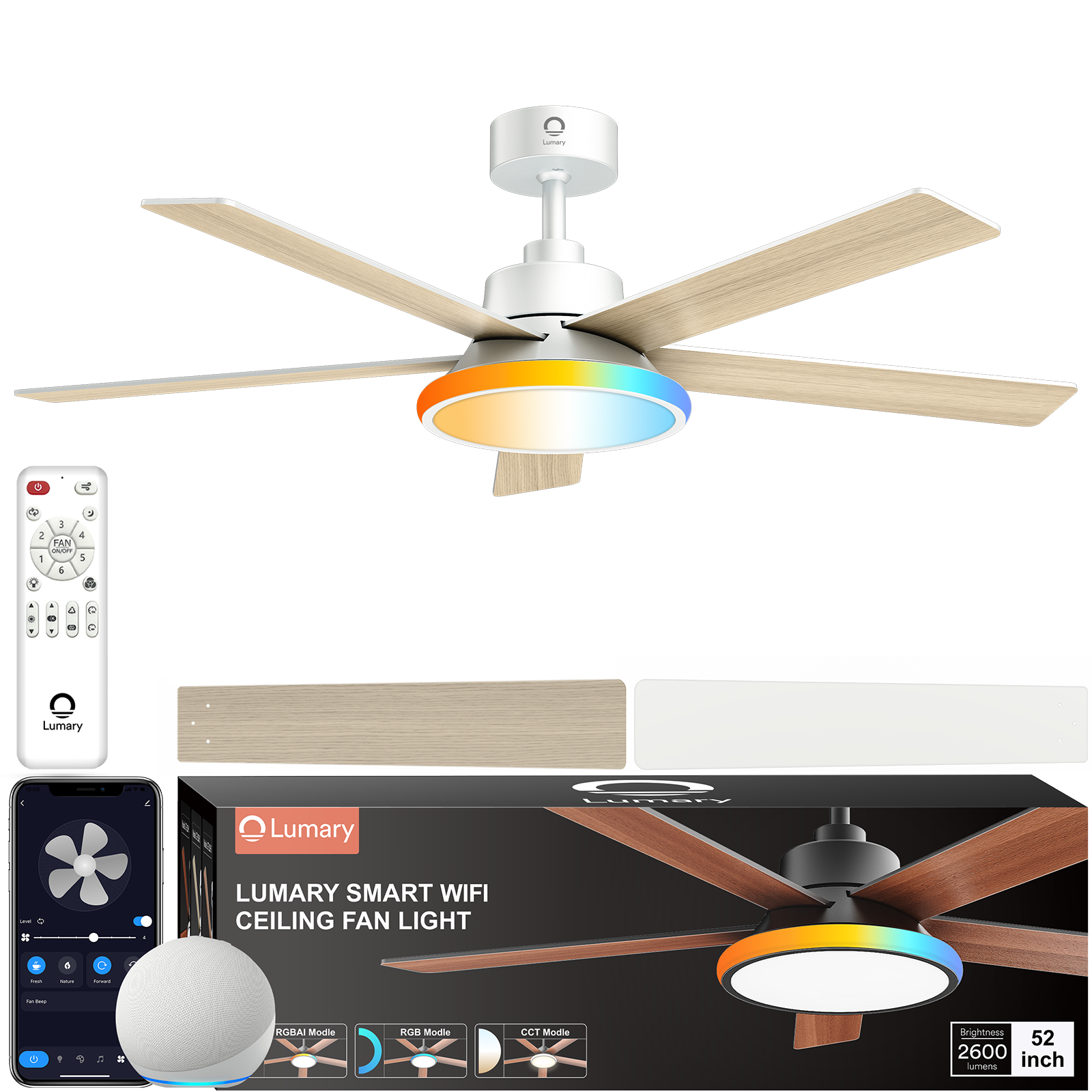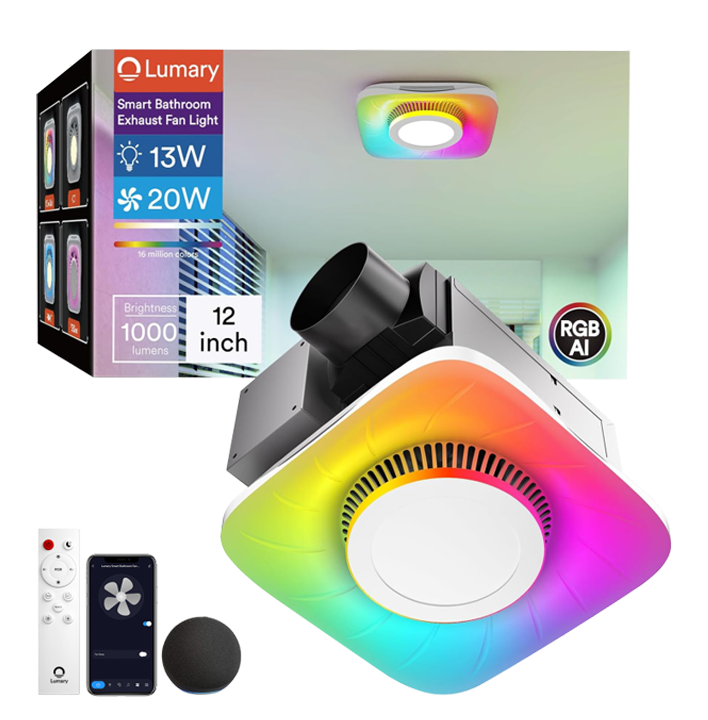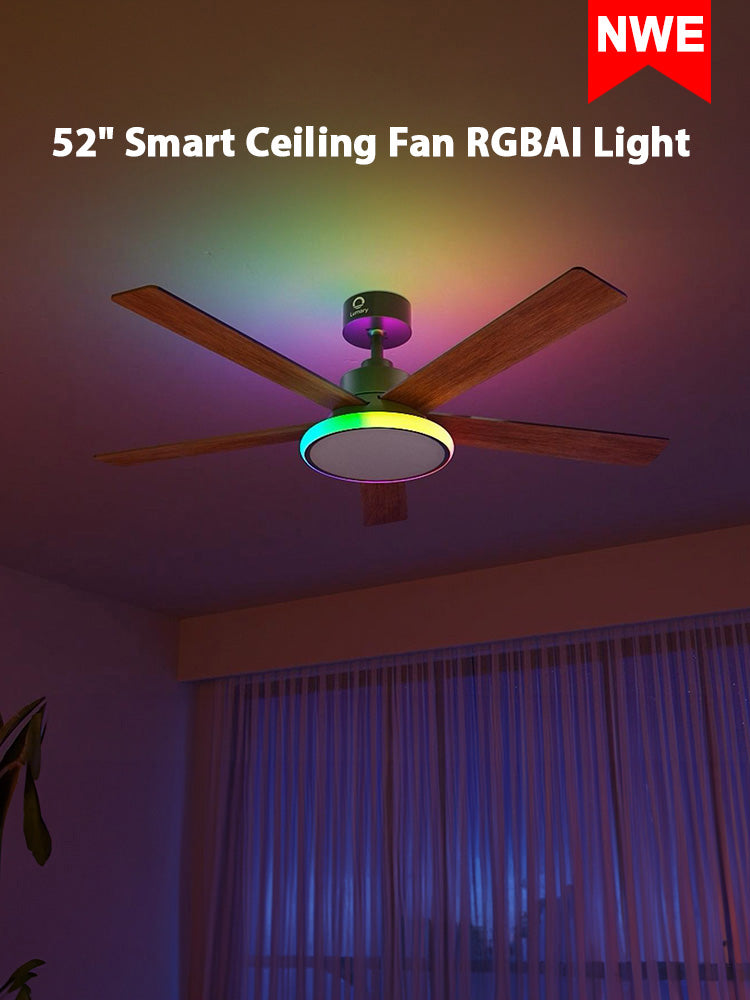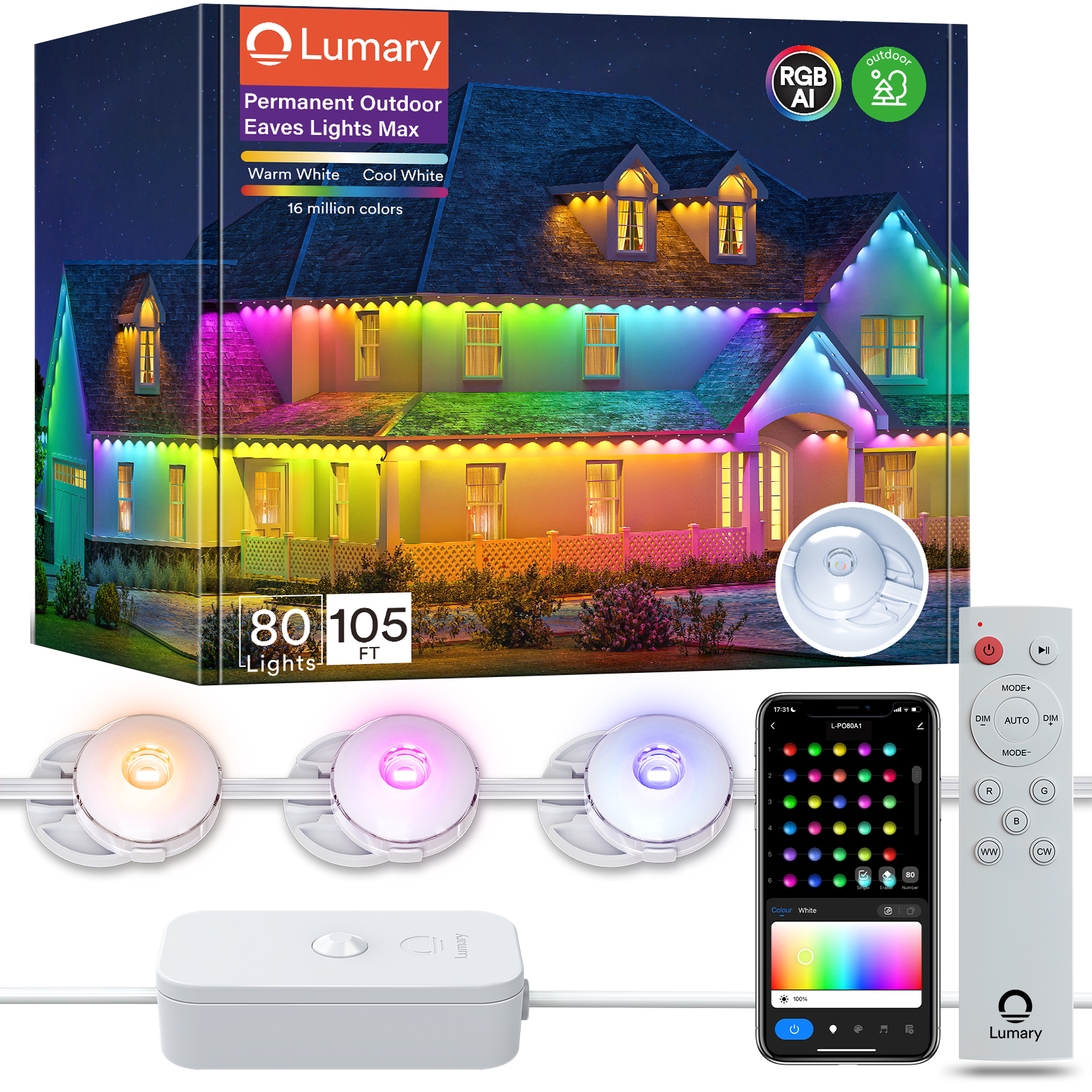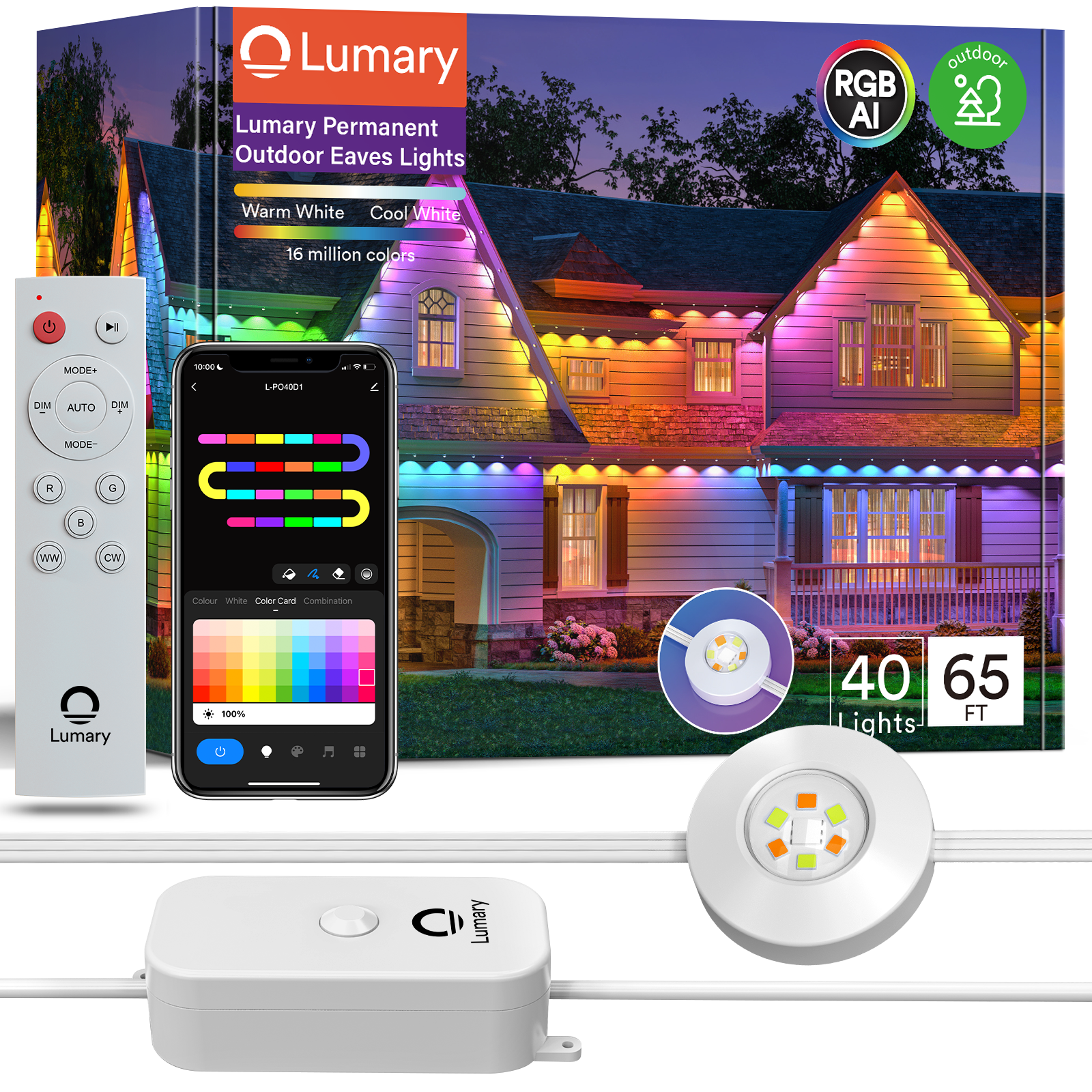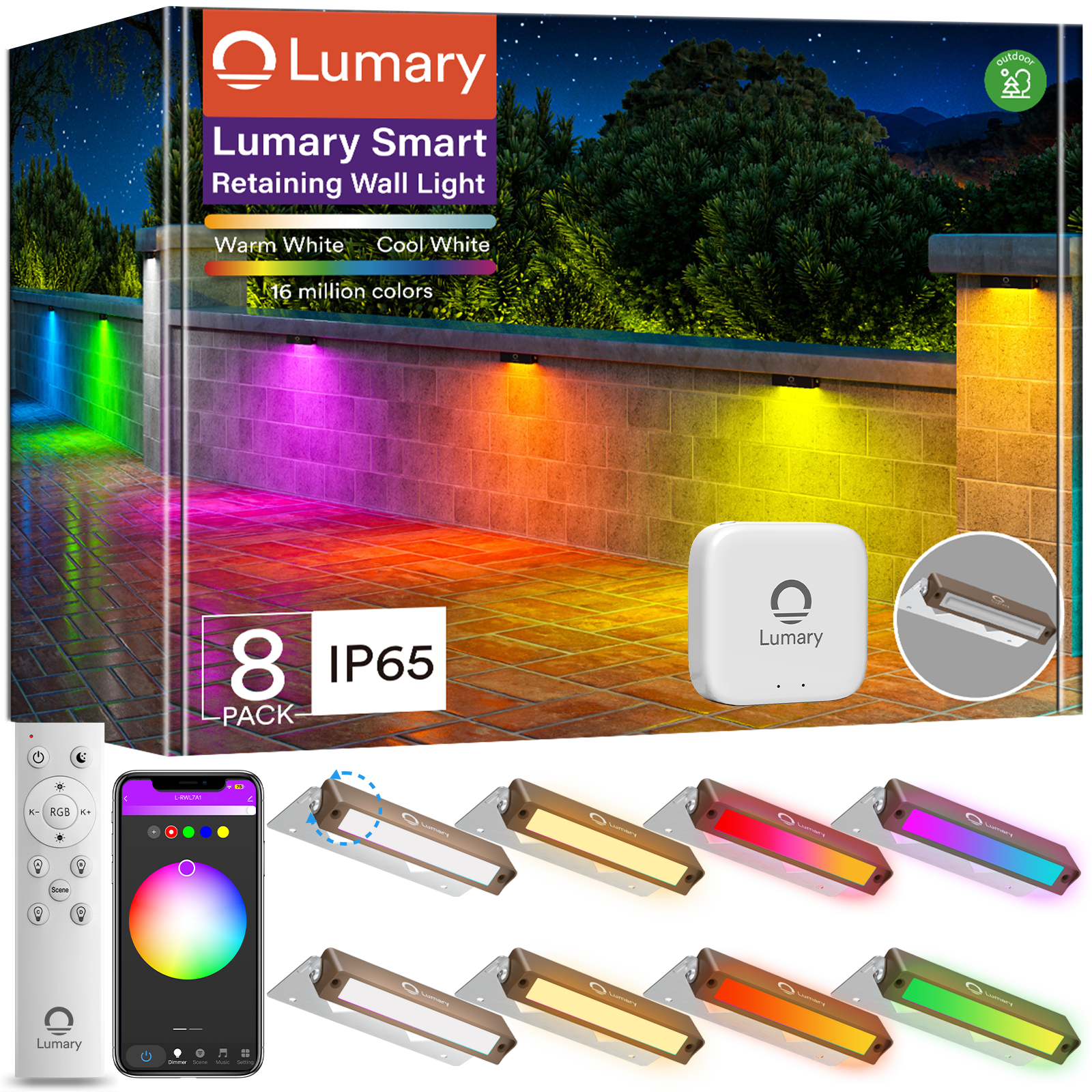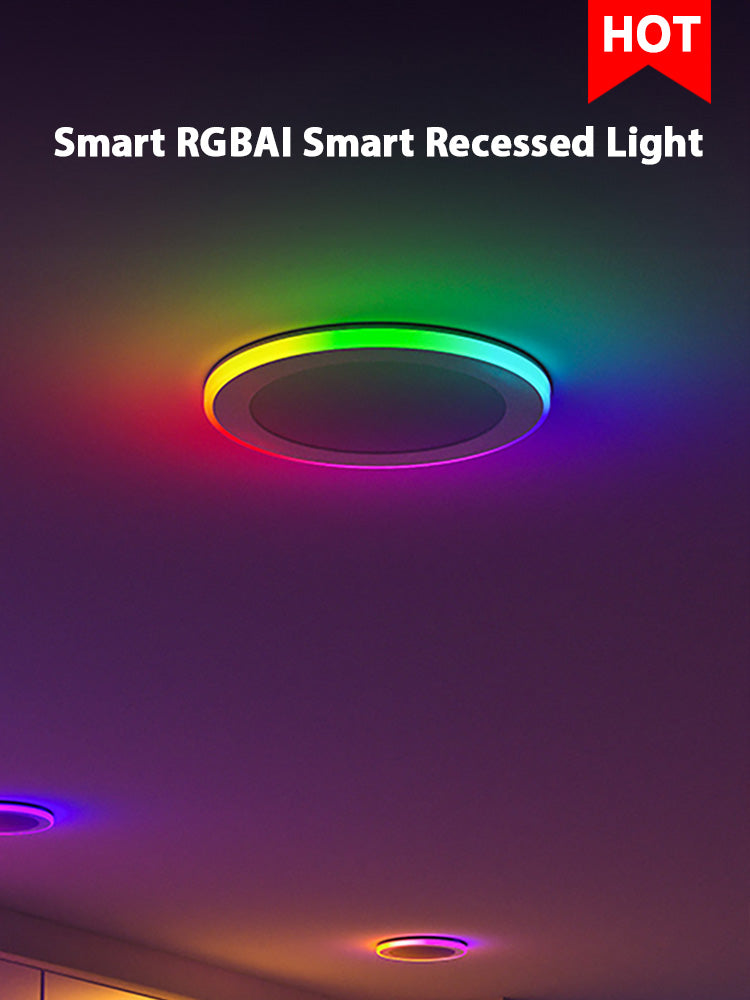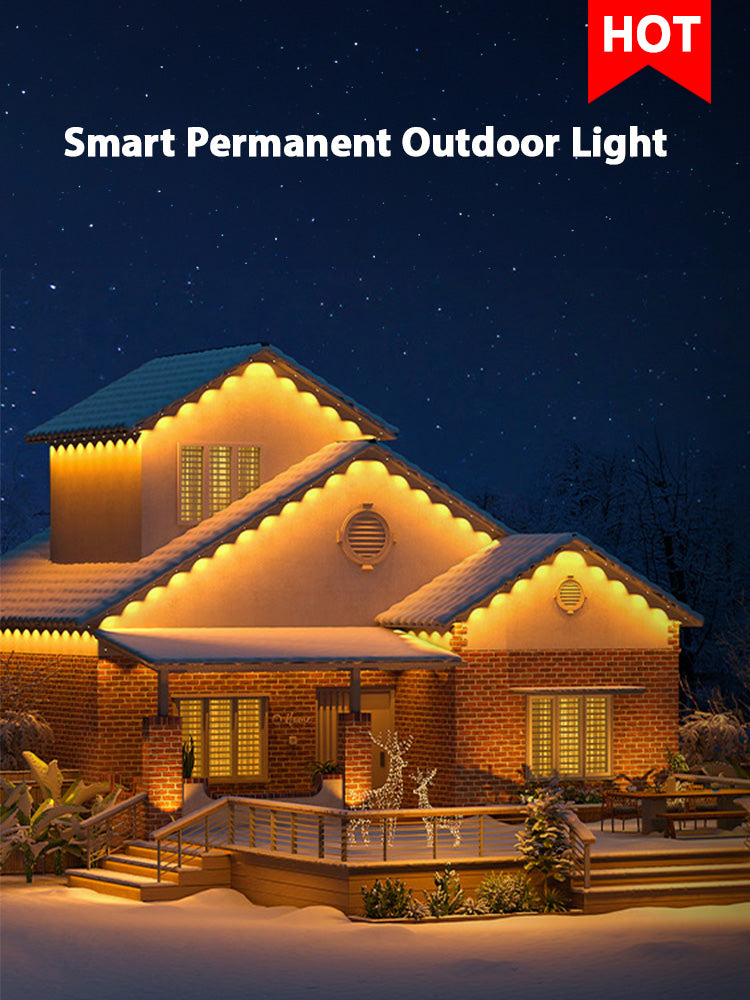Energy efficiency in outdoor lighting matters more than ever. You want to save on energy bills and reduce your carbon footprint. LED technology offers a smart solution. These lights use less power and last longer than traditional bulbs. They provide bright, reliable illumination for your outdoor spaces. Whether you're lighting up a garden path or highlighting your home's architecture, outside LED lights for house settings make a big difference. They combine style with sustainability, giving you the best of both worlds.
Understanding LED Technology

What are LEDs?
Basic principles of LED technology
LEDs, or Light Emitting Diodes, are tiny light sources that become illuminated by the movement of electrons through a semiconductor material. This process creates light without generating much heat, making LEDs highly efficient. Unlike traditional bulbs, LEDs don't rely on filaments or gases to produce light. You get a bright, focused beam with minimal energy waste.
Advantages over traditional lighting
LEDs offer several advantages over traditional lighting options. First, they consume significantly less power, which means lower electricity bills for you. They also have a longer lifespan, often lasting up to 25 times longer than incandescent bulbs. This longevity reduces the need for frequent replacements, saving you time and money. Plus, LEDs are more durable and resistant to shock and vibration, making them ideal for outdoor use.
Energy Efficiency of LEDs
How LEDs save energy
LEDs excel in energy efficiency. They convert most of the energy they consume into light, unlike incandescent bulbs that waste a lot of energy as heat. This efficiency means you can enjoy bright illumination while using less electricity. By choosing LEDs, you contribute to energy conservation and reduce your carbon footprint.
Environmental benefits
Switching to LEDs offers environmental benefits too. Since they use less energy, they help decrease greenhouse gas emissions from power plants. LEDs also contain no harmful substances like mercury, which is found in some other types of lighting. By opting for LEDs, you make a positive impact on the environment, supporting a more sustainable future.
Key Considerations for Selecting LED Outdoor Lights
Brightness and Lumens
Understanding lumens and brightness levels
When choosing LED outdoor lights, focus on lumens instead of watts. Lumens measure the brightness of a light, while watts indicate energy consumption. A higher lumen count means a brighter light. For example, a 60-watt incandescent bulb produces about 800 lumens. With LEDs, you can achieve the same brightness with much lower energy use. Understanding lumens helps you select the right light intensity for your needs.
Choosing the right brightness for different areas
Different outdoor areas require varying brightness levels. For pathways and garden paths, aim for 100 to 200 lumens. This provides enough light to see without overwhelming the space. For security lighting around your home, consider 700 to 1300 lumens. This range offers ample illumination to deter intruders. By selecting the appropriate brightness, you enhance both safety and aesthetics.
Color Temperature
Explanation of color temperature
Color temperature describes the appearance of light, measured in Kelvin (K). Lower Kelvin numbers mean warmer, yellowish light, while higher numbers indicate cooler, bluish light. For instance, a candle flame has a color temperature of about 1800K, while daylight is around 5000K to 6500K. Understanding color temperature helps you create the desired ambiance for your outdoor spaces.
Selecting the appropriate color temperature for outdoor settings
For a cozy, inviting atmosphere, choose LED lights with a color temperature of 2700K to 3000K. This range mimics the warm glow of traditional incandescent bulbs. If you prefer a more modern, daylight-like appearance, opt for 5000K to 6000K. This cooler light works well for task lighting or highlighting architectural features. Selecting the right color temperature enhances the mood and functionality of your outdoor areas.
Durability and Weather Resistance
Importance of weather-resistant features
Outdoor lights face harsh conditions, including rain, snow, and extreme temperatures. Weather-resistant features ensure your lights withstand these elements. Look for lights with an IP rating, which indicates protection against dust and water. An IP67 rating, for example, means the lights are dust-tight and can handle immersion in water. Weather-resistant lights provide reliable performance year-round.
Materials and design considerations
Durable materials and thoughtful design contribute to the longevity of your outdoor lights. Choose lights made from UV-resistant materials to prevent fading and degradation. Metal housings, such as aluminum or stainless steel, offer strength and corrosion resistance. Consider designs with protective covers or seals to keep moisture and debris out. By prioritizing durability, you invest in lights that last longer and require less maintenance.
Practical Tips for Implementation

Placement and Installation
Best practices for positioning outdoor lights
Positioning your outdoor lights correctly enhances both safety and aesthetics. Start by identifying key areas that need illumination, such as pathways, driveways, and entry points. Place lights at regular intervals along paths to ensure even lighting. For security purposes, position lights near doors and windows to deter intruders. Highlight architectural features or landscaping elements by placing lights at the base, angling them upwards. This technique creates dramatic shadows and adds depth to your outdoor space.
Installation tips for optimal performance
Proper installation ensures your lights perform at their best. Begin by reading the manufacturer's instructions carefully. Use the recommended tools and materials for installation. If your lights require wiring, ensure all connections are secure and weatherproof. Consider using a timer or smart control system to automate your lighting schedule. This not only saves energy but also extends the lifespan of your lights. For solar-powered options, place them in areas with ample sunlight exposure during the day.
Maintenance and Longevity
Routine maintenance tips
Regular maintenance keeps your outdoor lights shining brightly. Clean the fixtures periodically to remove dirt, dust, and debris. Use a soft cloth and mild detergent to avoid scratching the surface. Check for any signs of wear or damage, such as cracked lenses or frayed wires. Replace any faulty components promptly to prevent further issues. If your lights have adjustable settings, test them occasionally to ensure they function correctly.
Ensuring long-lasting performance
To maximize the lifespan of your outdoor lights, invest in quality products with durable materials. Choose lights with a high IP rating for superior weather resistance. Store spare bulbs and parts in a dry, cool place to prevent deterioration. Consider upgrading to LED lights if you haven't already, as they offer longer lifespans and greater energy efficiency. By following these tips, you ensure your outdoor lighting remains effective and reliable for years to come.
Choosing Outside LED Lights for House
When it comes to enhancing your home's exterior, selecting the right outside LED lights for house settings can make a significant difference. Not only do they provide essential illumination, but they also add to the overall aesthetic appeal of your property.
Factors to Consider
Aesthetic appeal and design
You want your outdoor lighting to complement your home's style. Consider the architectural features of your house. Choose LED lights that enhance these elements. For a modern look, sleek and minimalist designs work well. If your home has a more traditional style, opt for classic lantern-style fixtures. The right design can elevate your home's curb appeal and create a welcoming atmosphere.
Compatibility with existing home systems
Before purchasing, check if the LED lights are compatible with your current home systems. If you have a smart home setup, look for lights that integrate seamlessly with your existing technology. This ensures you can control your lighting through apps or voice commands. Compatibility with your electrical system is also crucial. Make sure the voltage and wiring match your home's specifications to avoid any installation issues.
Outside LED Lights for House: Practical Examples
Case studies or examples of effective use
Let's explore some practical examples. Imagine a home with a beautiful garden path. Installing LED pathway lights not only illuminates the walkway but also highlights the surrounding plants. Another example is using LED floodlights to accentuate architectural features like columns or stonework. These lights create dramatic effects and enhance the overall look of your home at night.
Tips for integrating with smart home technology
Integrating LED lights with smart home technology offers convenience and efficiency. Start by choosing lights that are compatible with popular smart home platforms like Alexa or Google Assistant. This allows you to control your lights with simple voice commands. You can also set schedules or automate lighting scenes for different occasions. For instance, program your lights to dim during movie nights or brighten for outdoor gatherings. Smart integration not only enhances functionality but also adds a modern touch to your home.
Choosing energy-efficient outdoor led lights for house offers numerous benefits. You save on energy bills and reduce your carbon footprint. LEDs provide bright, reliable illumination and last longer than traditional bulbs. They enhance your outdoor spaces with style and sustainability. Consider the tips outlined in this blog to make informed decisions. By selecting the right LED lights, you create a welcoming and efficient outdoor environment. Embrace the advantages of LED technology and transform your home's exterior into a vibrant and inviting space.

